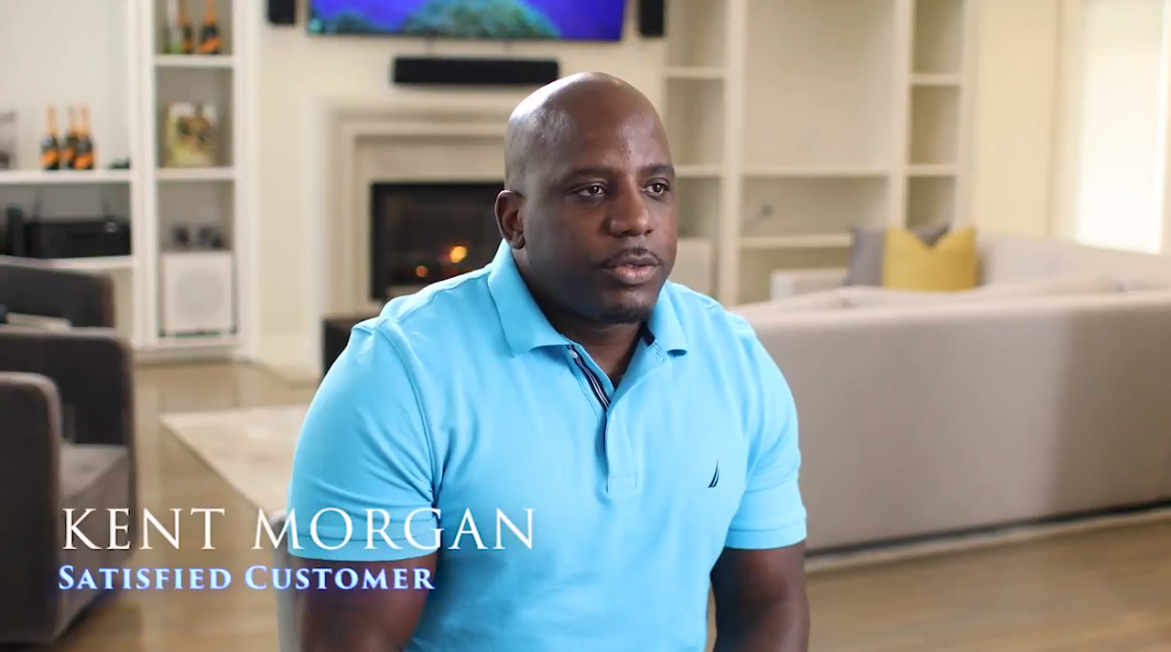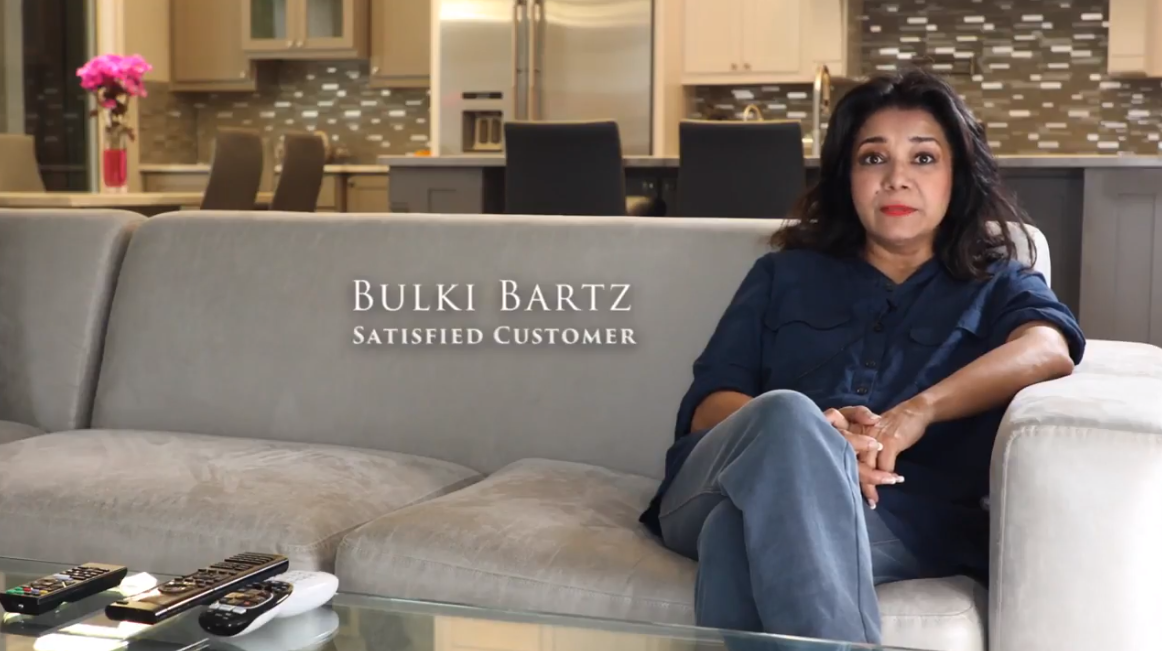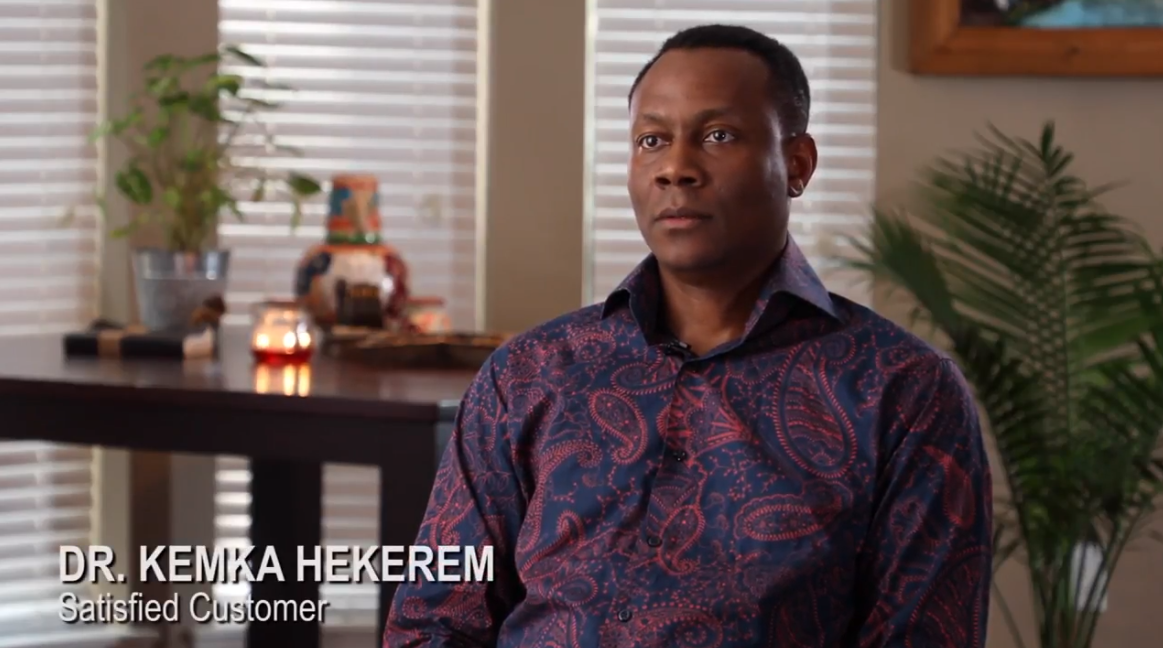HOUSTON TV SCREEN PROTECTORS
Click The Button Below For Your Free Checklist:
The 7 questions to ask security camera installers over the phone and 3 questions they hope you never ask...
Downloading this easy-to-follow guide will keep you up to date on the perfect questions to ask that will keep sales reps in check.
Due to the rapid technology changes in the security camera industry we constantly make updates to this report, keeping you on the cutting edge of what still matters when safely choosing an installation company. Knowing the right questions to ask allows you to let phone salespeople and in-person estimators know just how much of a well educated and experienced buyer you are. This demonstration of knowledge will most often discourage unethical sales reps from even trying to take advantage of you during this very serious purchase decision.
![]() We value your privacy and would never spam you
We value your privacy and would never spam you
CALL NOW and Speak With A Friendly Installer...
(832) 470-0740
Most Plasma and LCD TV owners are completely unaware of how fragile and vulnerable their TVs are. The impact from a child throwing a toy or a remote control can result in a TV becoming worthless. That being said, there’s now a variety of screen protectors that protects TVs from the impact of a Nintendo Wii remote being thrown at it. It is also easily able to withstand impact from small toys, and children drawing on it with crayons protecting your TV so there’s no need to worry.
TV Screen protectors are transparent and are designed to protect TVs from accidental impact damage from items such as balls, crayons, kids, fingerprints, scratches, etc. Most shields are made out of an acrylic material that is optical grade. This stuff is virtually impossible to destroy. They are great for people who play video games, especially ones that require active controller movement such as wii remotes. No screen protector can protect a television from all objects, so throwing an object deliberately at a television, even with a protector, is never a good idea. But, it is guaranteed that the protector will reduce or prevent damage from most items.
Materials
Screen protectors are made of either plastics, such as polyethylene terephthalate (PET) or thermoplastic polyurethane (TPU), or of tempered glass, similar to the device’s original screen they are meant to protect. Plastic screen protectors cost less than glass and are thinner, around 0.1 mm (0.004 in) thick, compared to 0.3 to 0.5 mm (0.012 to 0.020 in) for glass. At the same price, glass will resist scratches better than plastic, and feel more like the device's screen, though higher priced plastic protectors may be better than the cheapest tempered glass models, since glass will shatter or crack with sufficient impact force.
PROS:
- Protects your TV from forceful objects
- Easy Installation
- It’s clear interfere with picture, maintaining that high-definition picture you love
- Makes your TV screen Scratch resistant
- Makes your Tv screen easy to clean
CONS:
Screen protectors have been known to interfere with the operation of some touch screen TV’s. Also, an existing oleophobic coating of a touch screen will be covered. When the screen protector is removed, the oleophobic coating will be damaged or removed entirely sometimes. On some televisions, the thickness of screen protectors can affect the look and feel of the TV. Also, screen protectors are prone to air bubbles and discolor over time.
Other disadvantages are:
- Screen protectors attract dust.
- There would be more glare when a TV has a screen protector.
Things to Consider
There are some things to consider before purchasing a TV screen protector. One is whether your TV is a typical standard size or if you have a unique style. Some of the first flat screen televisions that came out are bulkier than today‘s models, so not all protectors will fit all TVs. Before ordering a screen protector, you have to know first the measurements of your TV. Screen measurements are taken by measuring from corner to corner, diagonally across your TV. You will want to add about an inch to the overall measurement to allow for the protector to reach the edges of your television.
You also need to make sure that the attachment method (usually straps) is safe and secure. Flimsy attachments are dangerous since the protector might fall if someone bumps into the TV or tugs on the protector. You have to make sure also that the protector you choose can resist scratches, high-impact objects and other common forms of damage. A scratched protector can be annoying if the scratch is obvious. Lastly, it’s very crucial that you buy one that’s made from a durable material. There’s absolutely no reason for you to buy a soft one made from an inferior material because it will just break or have some issues within a few months or years.
These are all the things that you need to consider when purchasing a protector, making it an easy option to keep your TV safe. So, whether you are thinking about buying a flat screen TV or already own one, there are a lot of reasons to protect your investment with a TV screen protector.
Application
It is very important that you know how to properly apply your TV screen protectors so that you don’t waste money with a bad one.
Using a screen protector is quite easy and it should only take you a few minutes to apply. There are various application methods to try, but the most common is straps. You just need to hold the protector near the TV, loop the straps around the back of the television and the protector will be applied. You might have to tighten the straps afterwards. Grommets and hooks are also quite common. Just screw in the hooks, slide the protector over the television and the hooks will keep the unit in place. Check out power moves for some cool TV streaming devices.
Some people may also use Velcro strips which attach to the sides of your TV. This method is not common though and is not ideal because the strips will remain on the TV forever. But, just remove the adhesive on the strips, stick them to the TV and then stick the protector to the strips.
Proper Care for the Protector
It is important that you do some maintenance to make sure that your investment works for as long as possible. The only thing that you need to do is clean it every week. The protector is usually easier to clean than the TV itself.
You can just use a damp rag and wipe down the screen so that any dirt and particles are removed. That is really all it takes to care for the protector.
Conclusion
TV screen protectors truly keep your television from getting damaged. While most of them are great, many people still need a little help when it comes to choosing and using these products. Just find a good one that satisfies all of the above, properly attach it on the TV and clean the protector once a week to remove any dust or particles.
Service hours:
24 hours a day 7 days a week
Office Line:
(832) 470-0740
Email:
sales@houstonhomeautomation.net
Fully Licensed & Insured
Copyright ©2017 Houston Security Camera Installation
We Accept All Major Credit Cards





